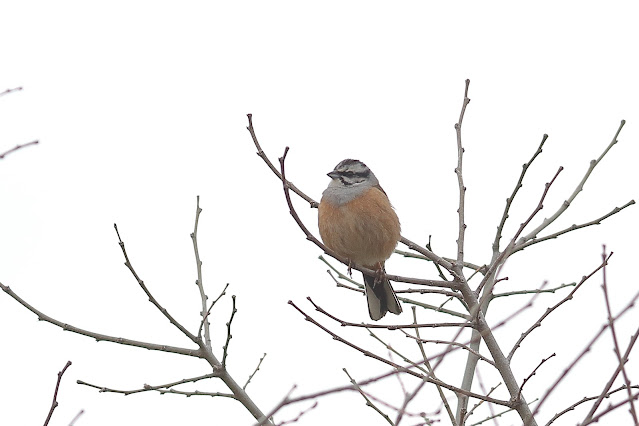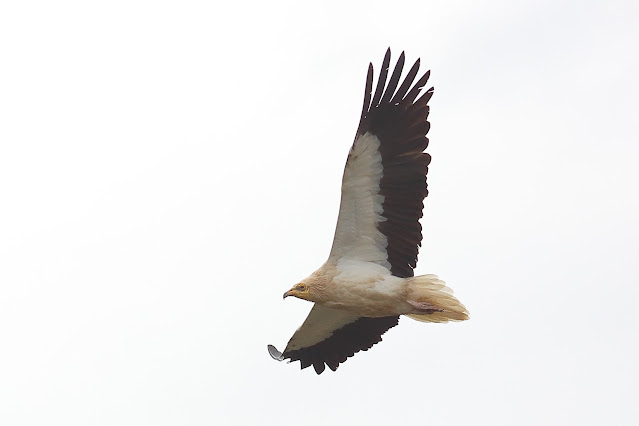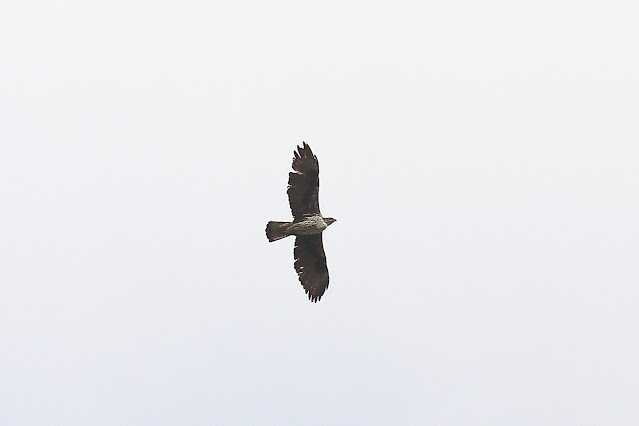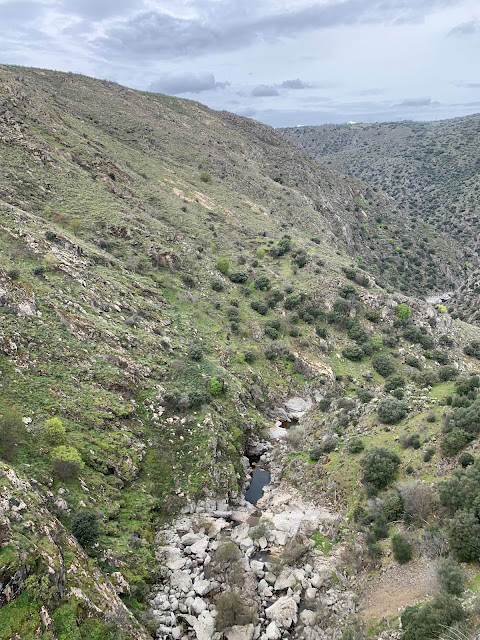Hola una vez más.
Hi again.
Hi again.
En el siguiente enlace podéis ver nuestros próximos viajes fotográficos y de observación de aves y mamíferos nacionales y al extranjero. Espero que os gusten y os animéis a venir conmigo. Una experiencia que nunca olvidareis.
In the following link you can see our next national and foreign Birds and Mammals photographic and observation trips. I hope you like them and I encourage you to come with me. An experience that you will not forget.
En esta ocasión os muestro algunas de las aves que pude fotografiar en el viaje organizado a Arribes del Duero del 19 al 20 de marzo.
On this occasion I show you some Birds that I was able to photograph on the organized trip to Arribes del Duero from March 19 to 20.
El tiempo fue regular pues no lucio el sol pero por lo menos no llovió y no hizo ni frío ni viento. Solo bubo sol durante la mañana del sábado pero luego se nublo y no volvió a salir el sol.
The weather was so so because the sun didn't shine but at least it didn't rain and it wasn't cold or windy. It was only sunny on Saturday morning but then it clouded over and sun didn't come out again.
Un poco antes de llegar a nuestro primer punto de observación, tuvimos la suerte de poder ver a una pareja de busardos ratoneros (Buteo buteo) que se pusieron a ciclear con un inmaduro de águila real (Aquila
chrysaetos).
Very close to our first observation point, we were lucky enough to see a pair of Common Buzzard cycling with an immature Golden Eagle.
Impresionante.
Awesome.
En un momento dado, uno de los busardo ratonero (Buteo buteo) hostigo al águila real (Aquila chrysaetos) y esta última decidió marcharse de su territorio.
At one point, one of the Common Buzzard harassed the Golden Eagle and the latter decided to leave their territory.
Los aviones comunes (Delichon
urbica) ya habían empezado a construir sus nidos. Son muy bonitos cuando se les ve los colores azul iridiscente de su parte superior.
House Martins had already begun to build their nests. They are very pretty when you see the iridescent blue colors of their upper part.
Y lo mismo estaban haciendo los aviones roqueros (Ptyonoprogne
rupestris).
And Crag
Martins were doing the same.
Había una pareja de halcones peregrinos (Falco
peregrinus). En la foto el macho.
There was a pair of Peregrine Falcons. In the photo the male.
Su joven hembra. Había una persona de SEO Salamanca que nos explico que la hembra es joven pues la anterior había muerto y había sido sustituida por esta otra. También nos comentó que ya estaban copulando y no creía que tardase mucho comenzar con la puesta e incubación de los huevos.
His young female. There was a person from SEO Salamanca who explained to us that the female is young because the previous one had died and she had been replaced by this one. He also told us that they were already copulating and he didn't think it would take long to start laying and incubating the eggs.
Habían cazado esta abubilla europea (Upupa epops) por la mañana pero parece que no les gustó el olor o el sabor.
They had hunted this Eurasian Hoopoe in the morning but they didn't seem to like its smell or its taste.
Vimos una pareja de cigüeñas negras (Ciconia
nigra).
We saw a cuple of Black Stork.
Cogujada montesina (Galerida theklae).
Thekla
Lark.
Pudimos observas dos gavilanes comunes (Accipiter
nisus) pero los dos pasaron muy fugazmente.
We were able to observe two Eurasian Sparrowhawks but both passed very briefly.
Escribano montesino (Emberiza
cia).
Rock Bunting.
Había bastantes serín verdecillo (Serinus
serinus). En la foto un macho.
There were quite a few European
Serin. In the photo a male.
Una pareja de pardillos comunes (Linaria
cannabina). La hembra es la que está a la izquierda y estaba recogiendo material para su nido.
A pair of Common Linnets. The female is the one on the left and was collecting material for her nest.
Un grupo de jilgueros europeos (Carduelis
carduelis).
An European Goldfinch flock.
Un macho de tarabilla europea (Saxicola rubicola).
A male of Common
Stonechat.
En uno de los observatorios había una pareja de aviones roqueros (Ptyonoprogne
rupestris) que estaban construyendo su nido.
In one of the observatories there was a pair of Crag
Martin that were building their nest.
Y se posaron realmente cerca.
And they perched really close.
Macho de serín verdecillo (Serinus
serinus).
European
Serin male.
Macho de curruca cabecinegra (Sylvia
melanocephala).
Sardinian
Warbler male.
Me lleve una gran alegría al ver que había bastantes alimoches comunes (Neophron
percnopterus) por las zonas que visitamos.
I was very happy to see that there were quite a few Egyptian Vultures in the areas we visited.
Un vídeo de una de las parejas que vimos.
A video of one of the pairs we saw.
También vimos varias culebreras europeas (Circaetus
gallicus). En esta foto es el ave de la derecha.
We also saw several Short-toed
Eagle In this photo it is the bird on the right.
Cernícalo vulgar (Falco
tinnunculus).
Common
Kestrel.
Había bastantes buitres leonados (Gyps
fulvus). Esta pareja parece que había perdido su puesta.
There were quite a few Griffon Vultures. This pair seems to have lost their cluch.
Sin embargo algunas parejas ya tenían pollos bastante crecidos para la época en la que estábamos.
However, some pairs already had quite large chickens for the time we were.
Un macho de roquero solitario (Monticola
solitarius).
A Blue Rock
Thrush male.
Y por fin pudimos ver una pareja de águila perdicera (Aquila
fasciata). Nos costó encontrar a esta bella ave pero al final la pudimos ver.
And finally we could see a pair of Bonelli's Eagle. We had a hard time finding this beautiful Bird but in the end we were able to see it.
Y para finalizar este blog os dejo con estas fotos de algunos de los bellos lugares que pudimos visitar.
And to end this post I leave you with these photos of some of the beautiful places we were able to visit.
Si queréis suscribiros a este blog de los viajes que hacemos pincha en el siguiente enlace: Suscribirse y haz clic en ¿Quieres suscribirte a nuestro blog?
If you want to subscribe to this post about the trips we do, click on the following link: Susbcribe and click on: Do you want to subscribe to our blog?
Espero que os haya gustado y hasta pronto.
I hope you like it and see you soon.





















































Precioso viaje Luis.
ResponderEliminarComo todos tus viajes, claro!
Muchas gracias Antón.
EliminarMe agrada que te haya gustado.
Un abrazo,
Luis
Bonito reportaje, ya me hubiera gustado estar presente. Bonitas fotos, mucho merito por la falta de luz, pero de eso tu vas sobrao.
ResponderEliminarMuchas gracias Gonzalo.
EliminarLa verdad es que las luces no eran las adecuadas pero se hizo lo que pude.
Saludos,
Luis
Estupendas fotos Luis! la verdad es que no me esperaba la gran cantidad de avistamientos que tuvimos, fue espectacular, se notaba que había movimiento migratorio de las aves, como las culebreras. Un lujo de viaje!
ResponderEliminarMuchas gracias. Me alegro que te haya gustado el reportaje.
EliminarSi, tuvimos mucha suerte con los avistamientos que vimos.
Saludos,
Luis